Table of Content
Consumer demand increasingly rises in India, its retail landscape is undergoing a major transformation. Tier 1 cities are expected to see a rise in mall supply, with Anarock real estate consultant report showing the Tier 1 cities will add more than 16.6 million square feet of Grade A retail space between 2025 and 2026. These developments accelerate the picture and importance of the organized retail sector in the country, as it evolves with the economy and consumption trends.
Projected Growth in Retail Spaces
The expected increase in mall supply reinforces consumers' evident appetite for high-quality shopping destinations. The Tier 1 cities of Hyderabad/Delhi-NCR are the primary growth engines, comprising 65% of the upcoming supply. Their market shares guarantee that they will continue to be high-growth consumption hubs, propelled by their dynamic retail ecosystem and rising urbanisation.
The following seven Tier 1 cities will benefit from this growth to some extent: Bengaluru, Kolkata, Mumbai, Pune, Delhi-NCR, Hyderabad, and Chennai - essentially the next generation of the future due to their consumption and retail developments.
Also Read: VVIP Group to Invest ₹800 Crore in Luxury Housing Project in Greater Noida
Key Drivers of the Retail Boom in Tier 1 Cities
1. Rising Consumer Demand
The increase in supply of malls is driven by an increase in disposable income and a trend toward organized retail. The consumers have increasingly become more interested in Grade A retail which offers convenience, entertainment, and luxury while needing better infrastructure.
2. Integration of E-commerce and Brick-and-Mortar Stores
The integration of e-commerce and physical retail is yet another major driver of growth. With the rise of smartphones and internet usage, consumers expect the same shopping convenience to be present in the shopping mall. While e-commerce is succeeding, malls are continuing to attract consumers with experiential elements and curated retail spaces.
3. Entry of International Brands
In the last four years over 60 international retail brands have entered the Indian market across the fashion, electronics, lifestyle, and food and beverage categories. This has increased the demand for premium retail space in areas with significant footfall, highlighting the need for additional Grade A malls.
The Role of Tier 2 and Tier 3 Cities
What is interesting is that, this retail boom is not just occurring in Tier 1 cities alone. Tier 2 and Tier 3 cities are likely to be central consumption hotspots as disposable incomes rise and digital usage increases. The report states that Tier 2 cities and Tier 3 cities have 65% of the online shopping cases in India, ahead of Tier 1 cities.
Forecasts show that will component will reduce slightly, becoming 64% in FY 2030, with the increasing base of online shopper demographics continuing. India's online shopper demographics is expected to grow from 140 million in 2020 to 260 million in 2024 and reach 700 million by 2035. As we are witnessing, this is changing consumption patterns for the relevant smaller cities, making them a vital part of the retail ecosystem.
Addressing the Demand-Supply Imbalance
Despite the positive outlook, there continued to be a gap between supply and leasing over the past three years. For example:
- In Tier 1 cities, Grade A retail supply was 2.6 million square feet, while leasing was 3.2 million square feet in 2022.
- In 2023, supply was 5.3 million square feet, and leasing was 6.5 million square feet.
This spike in leasing has led to increased demands for retail infrastructure and even expansion of retail pressure on existing infrastructure. Nonetheless, because of the predicted supply, the average vacancy rate of malls is expected to even out from 15.5% in 2021, to 8.2% in 2025 and 8.5% in 2026.
Future Outlook for Mall Leasing
According to Anarock, mall leasing across the major seven cities would surpass approximately 12.6 million square feet in the next two years. This growth reflects a positive market outlook shared by developers and retailers alike, supported by stable consumer footfall.
Retailers seeking domestic organized retail spaces, especially with the entry of new international brands, are gravitating to malls and high-footfall locations. Businesses looking to establish themselves in India are focusing on high-footfall locations - namely, large malls and high streets.
Why Hyderabad and Delhi-NCR Lead the Way
Among the Tier 1 cities, Hyderabad and Delhi-NCR are positioned as frontrunners in the retail boom. Factors contributing to their growth include:
- Rapid Urbanization: Both cities are experiencing significant population growth and urban expansion.
- Rising Disposable Incomes: With affluent populations, these regions have higher spending power.
- Retail Ecosystem: Their robust infrastructure supports retail development, attracting global and domestic brands alike.
Also Read: Karnataka Tribunal Overturns KRERA, Grants Relief in Villa Dispute
Implications for Real Estate and Retail
The surge in mall supply has far-reaching implications for the real estate and retail sectors:
- Urban Real Estate Growth: The expansion of organized retail spaces contributes to the development of surrounding areas, driving up property values.
- Opportunities for Retailers: With increasing consumer footfall, retailers can leverage high-grade malls to enhance brand visibility and sales.
- Stabilization of Vacancy Rates: As supply and demand balance out, malls will achieve optimal occupancy levels, ensuring sustainability in the long term.
Conclusion
The anticipated increase in mall space of over 16 million square feet in Tier 1 cities from 2025 to 2026 is a remarkable turning point in India's retail journey. While Hyderabad and Delhi-NCR are the hubs of this growth story, the Tier 2 and Tier 3 city consumer story is also very much alive.
This growth reflects the adaptability of India and its retail landscape in the face of changing consumer tastes, retail technology advancements, and global players entering the fold. More than ever, developers, retailers, and investors have an opportunity to act on the changes in demand for retail space, while tapping into the potential of the Indian retail ecosystem.
Follow AquireAcers Whatsapp Channel to Stay Updated With The Latest Real Estate News

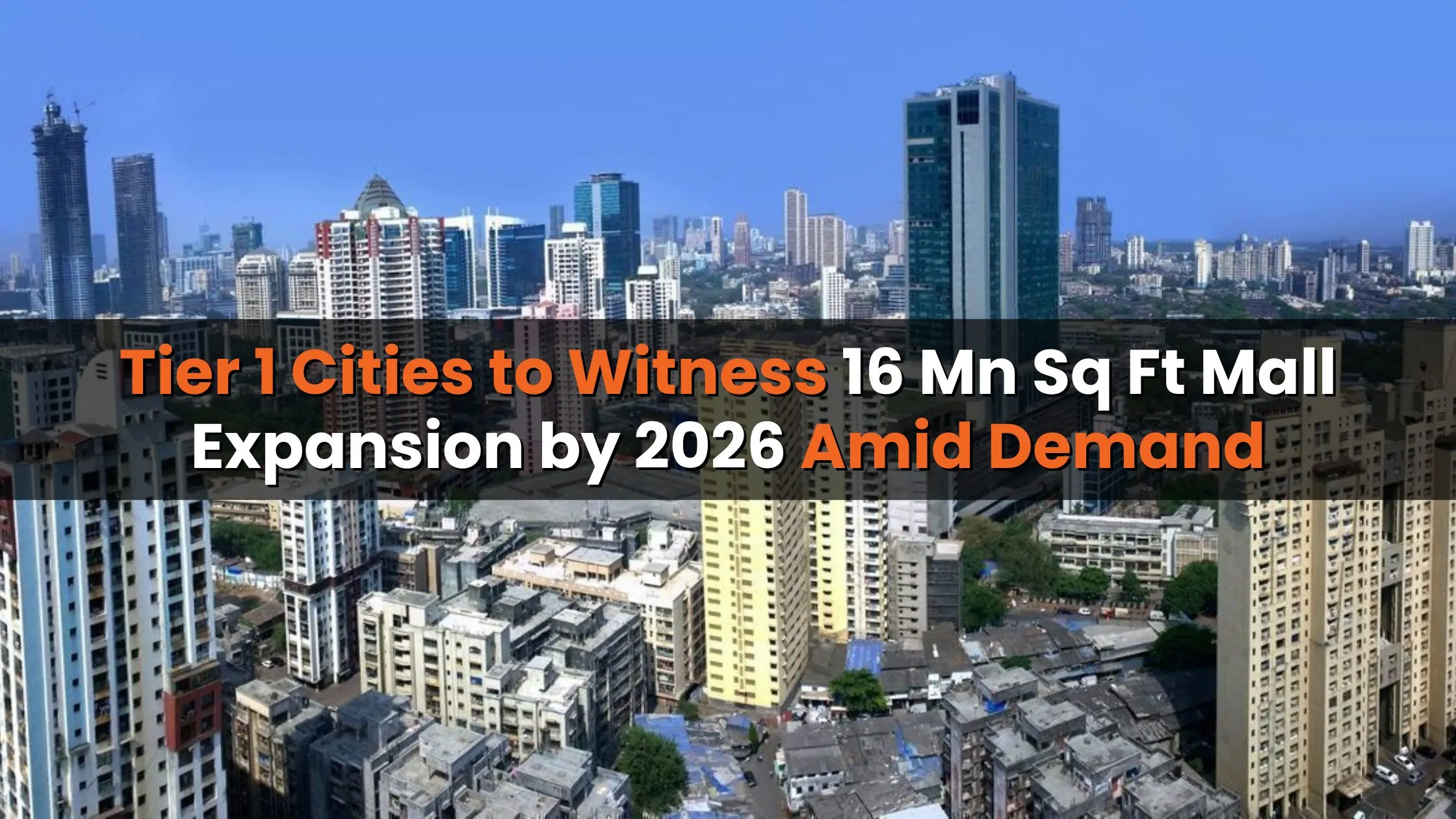
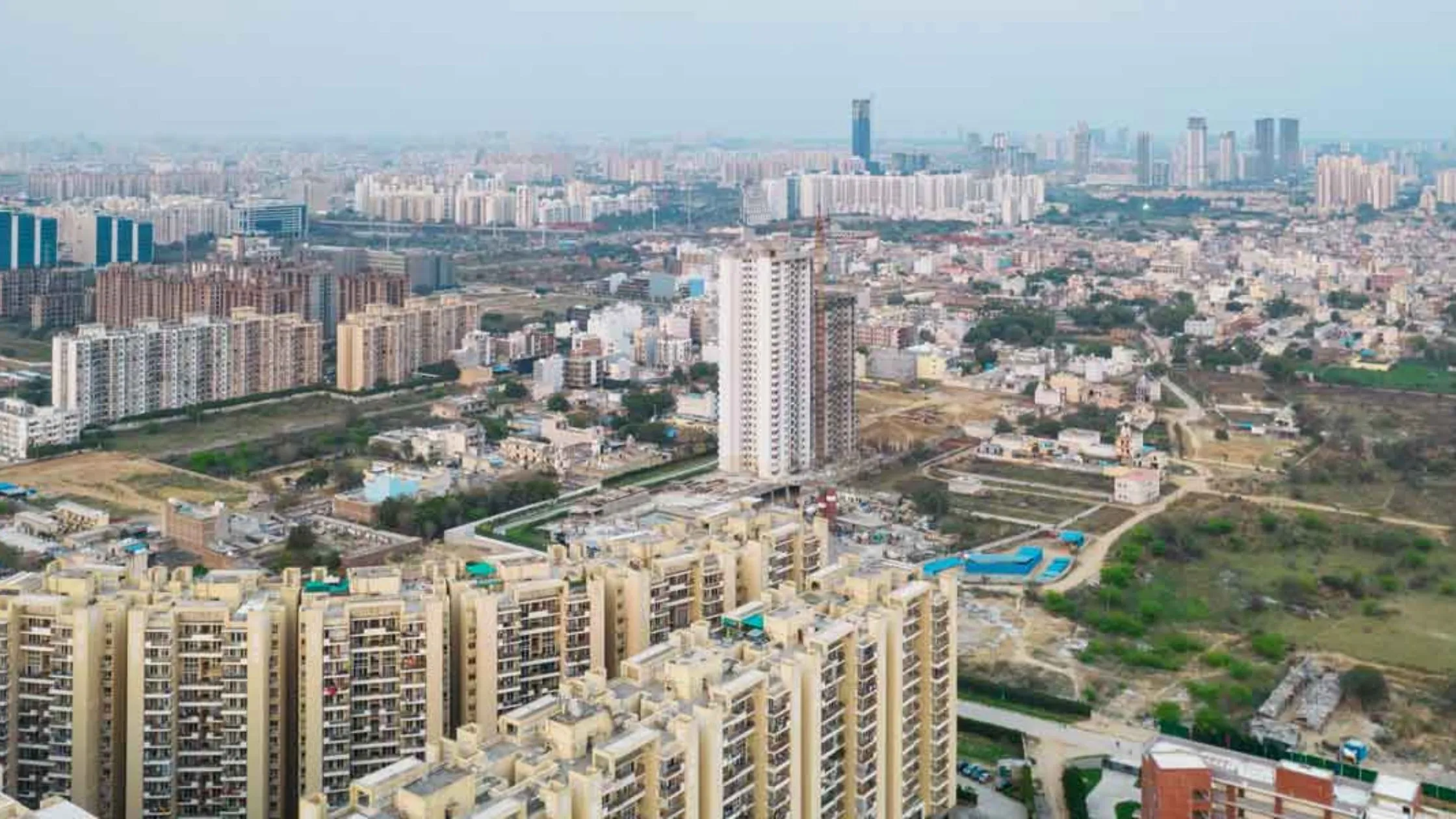
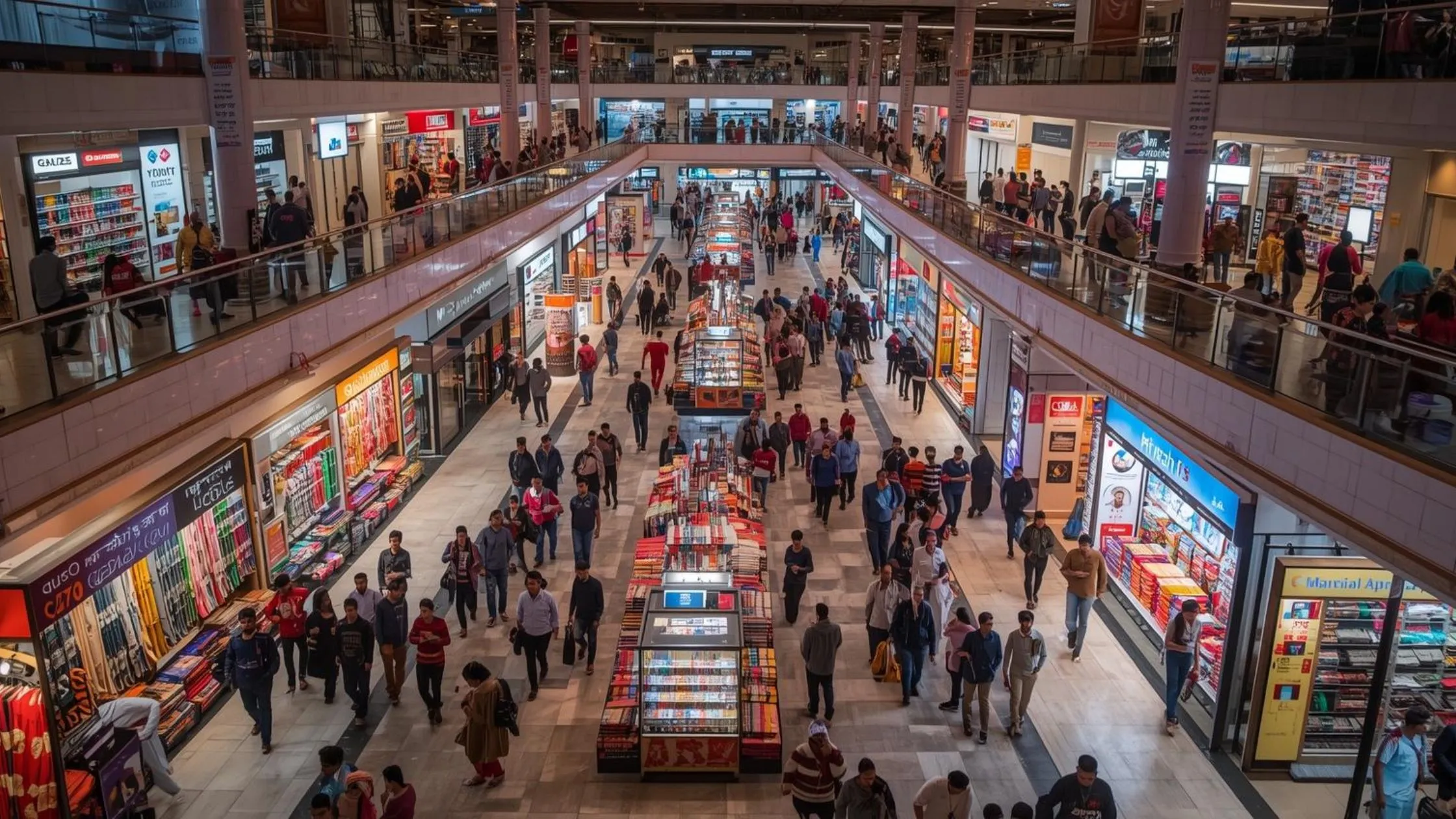
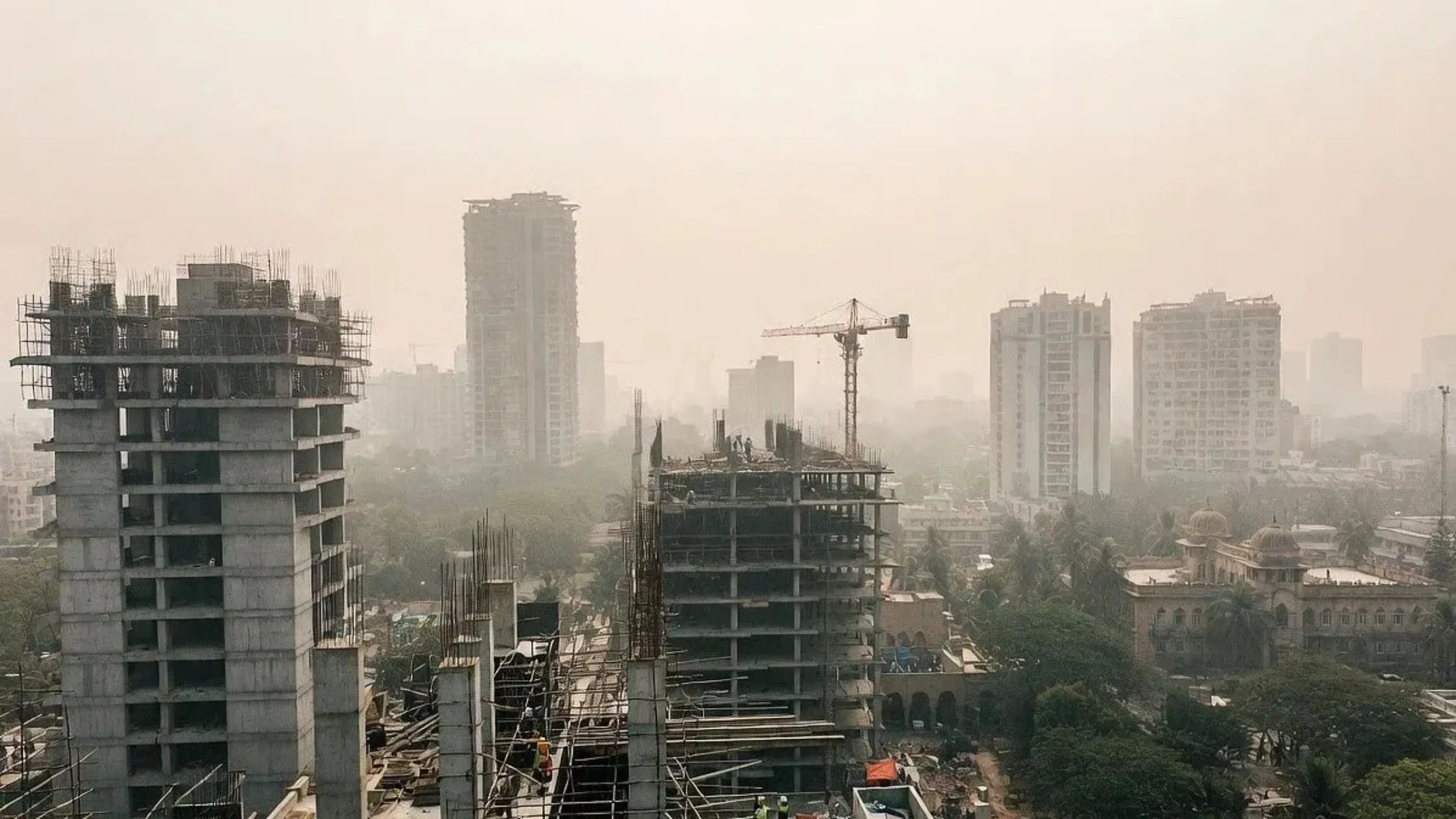
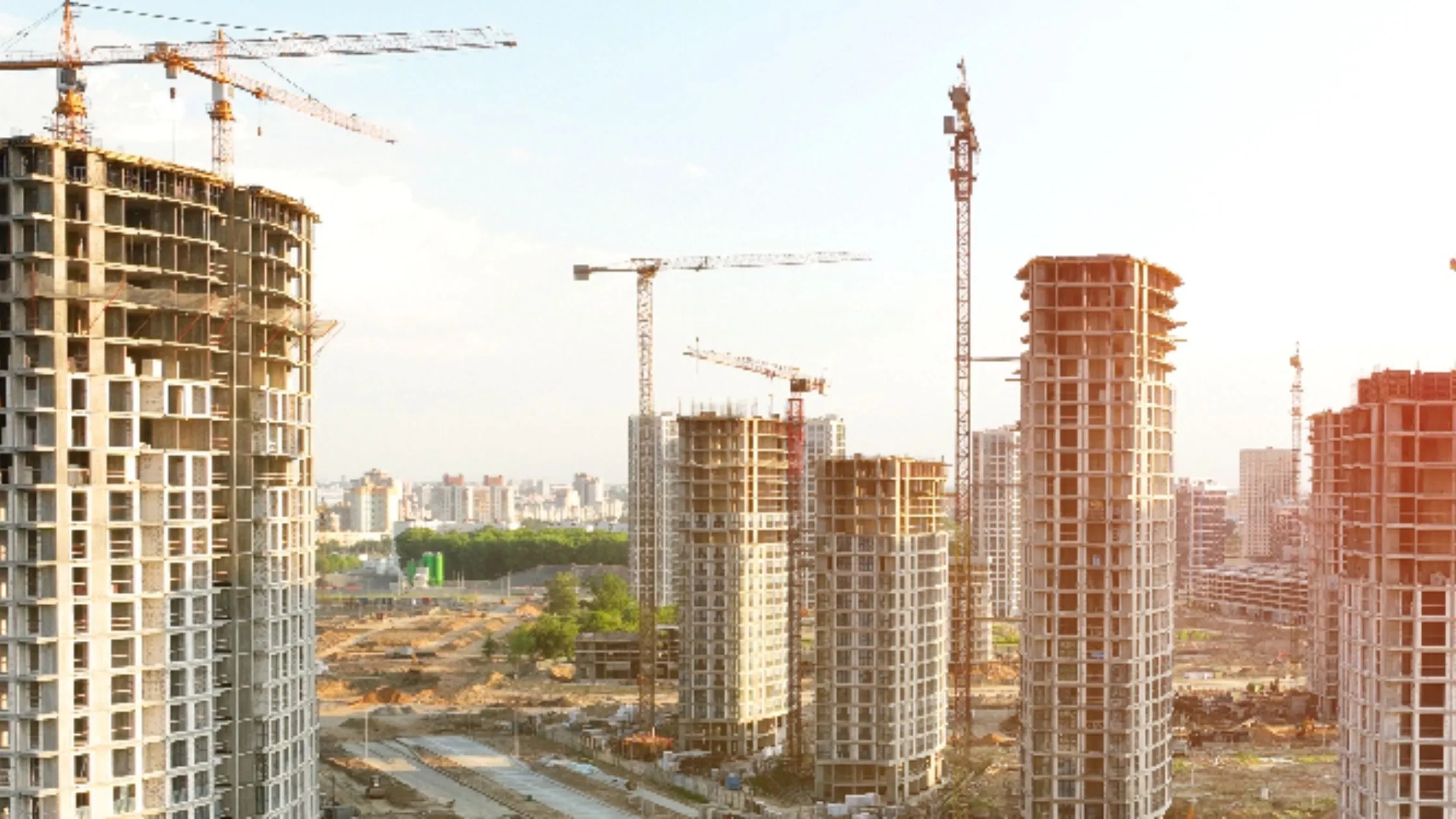

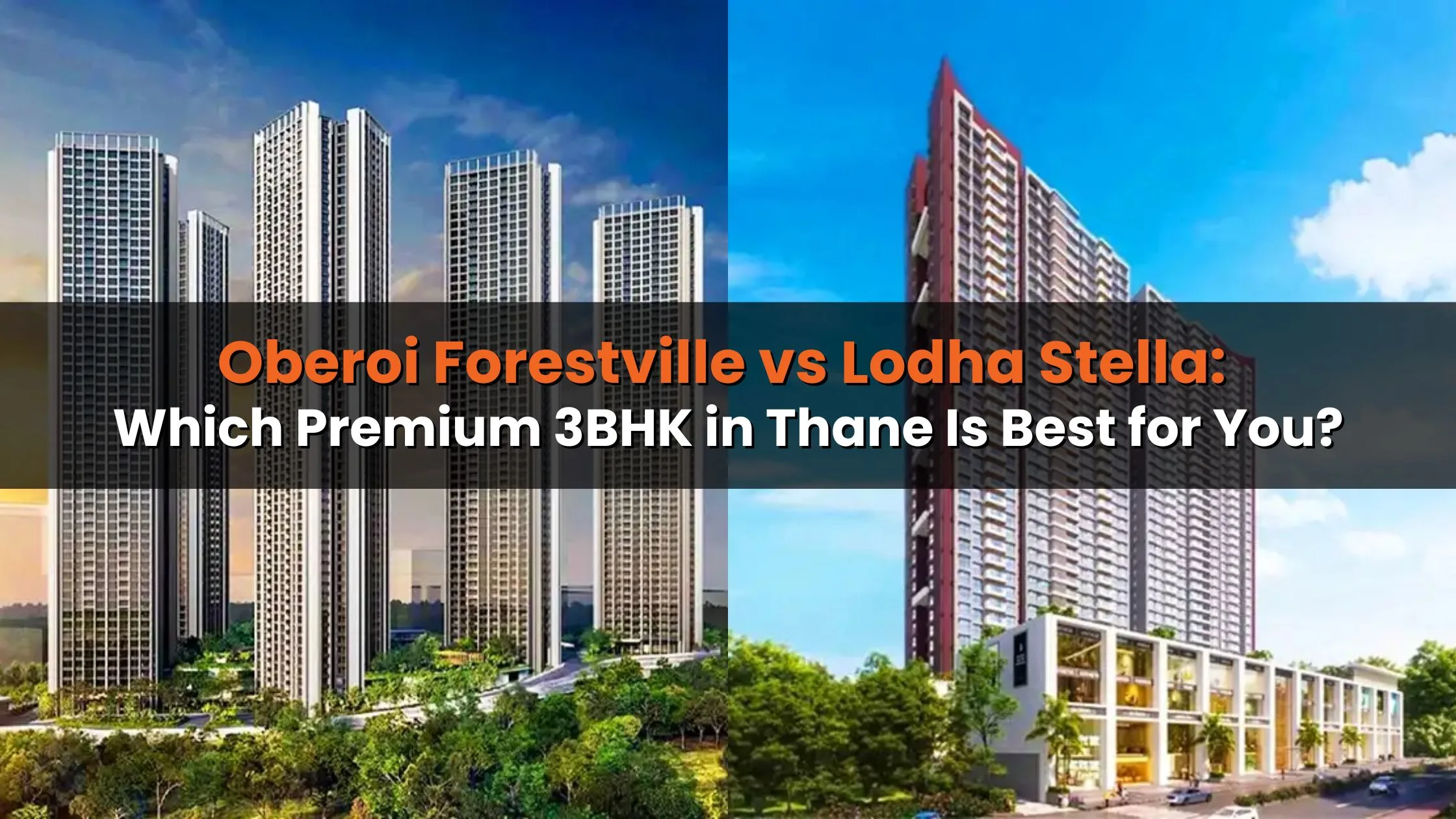
Ans 1. The expansion is driven by rising consumer demand for organized retail spaces, increased disposable incomes, the integration of e-commerce with physical stores, and the entry of international brands into India.
Ans 2. Tier 1 cities are projected to add over 16.6 million square feet of Grade A retail space between 2025 and 2026.
Ans 3. Hyderabad and Delhi-NCR are the frontrunners, accounting for 65% of the upcoming supply, with other cities like Bengaluru, Kolkata, Mumbai, Pune, and Chennai also witnessing significant growth.
Ans 4. Tier 2 and Tier 3 cities are emerging as consumption hotspots, driven by increasing disposable incomes and the growth of online shopping. They account for 65% of online shopping cases, highlighting their importance in the retail ecosystem.
Ans 5. Mall vacancy rates in Tier 1 cities are expected to decrease from 15.5% in 2021 to 8.2% in 2025 and stabilize at 8.5% in 2026 due to the balanced supply-demand equation.
Ans 6. There has been a consistent gap between supply and leasing, with leasing exceeding supply in recent years. This has increased pressure on existing retail infrastructure, though the predicted supply aims to address this imbalance.
Ans 7. Factors include rapid urbanization, rising disposable incomes, and robust retail ecosystems that attract domestic and international brands.
Ans 8. E-commerce is complementing physical retail by driving expectations for experiential and curated shopping destinations, encouraging malls to integrate technology and provide unique experiences.
Ans 9. The expansion of organized retail spaces drives urban real estate growth, increases property values in surrounding areas, and creates opportunities for retailers to establish a strong presence.
Ans 10. The growth in premium retail spaces allows international brands to access high-footfall locations, enhancing their visibility and sales in the Indian market.